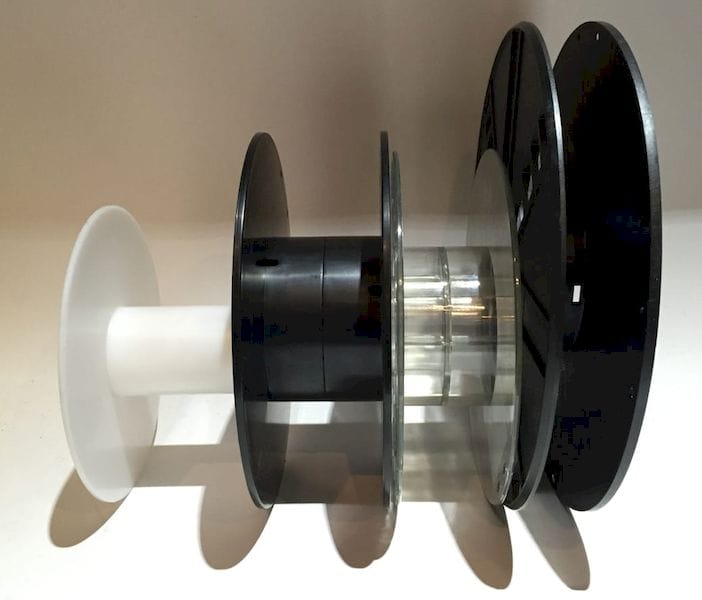
I’m reading a fundraising campaign for a school’s 3D printer and had an idea.
The campaign was started by teacher Mrs. Sears of Swansboro Elementary School, in Richmond, Virginia. This is evidently a very poor school as Sears explains:
I work in a Title I, poverty stricken school in Richmond, with every student receiving free breakfast, lunch and an overnight bag of food to take home daily. With a high transient student population, my students are still very eager to learn despite their economic situation. Each morning when I wake up I realize I have chosen the right profession! I have the pleasure of educating and shaping the lives of some pretty amazing little people.
And she does have a 3D printer, but also a problem:
Recently, we were blessed to receive a 3D Printer. This printer has been the highlight of our classroom with more and more students crafting up ideas to print. Unfortunately, I did not realize the filament would not last forever. Or for even a month with all of these imaginative souls.
Apparently the students have taken on the notion of 3D printing and making quite seriously and have outstripped this school’s ability to fuel the 3D printer with materials – filament in this case.
The fundraising campaign hopes to raise around USD$200 to purchase 6kg of PLA filament.
It seems to us like a very worthy cause and you may wish to contribute at the link below, but perhaps there’s another solution here.
Fundraising of this sort is only a temporary solution. Imagine a schoolroom full of eager 3D students, each waiting for their turn on the magic machine to build their own creation. How long would a room like that take to consume 6kg of filament?
Yes, probably about the time it takes to run 6kg through a 3D printer, or about a month or even less. So this approach is a stop-gap only. What’s needed is either proper funding from educational authorities, or another source of materials.
The idea I had occurred when looking around the lab here. It seems that we have many spools of 3D printer filament, many of which are only partially used. Some filaments are at that awkward point where they are a bit too short to be confidently used on a long print, but too long to be casually discarded.
So they sit on the shelf, awaiting some future moment when the desired size, color and material type just happen to match what’s on that shelf.
Maybe that moment never comes. The shelf remains full of partial spools.
What if some of these spools could be culled from 3D printer operators and shared with local schools? I’m pretty sure many 3D printer operators wouldn’t mind cleaning out their menagerie of materials.
The only problem is how to connect with schools or other worthy organizations to receive the materials. If a 3D printer operator is willing to donate materials, how do they know who to give them to?
This seems to me like an opportunity for school administrators to set up a public portal for donators – of not just 3D printer materials, but any items – to find a target for the location for deliver of their surplus goods.
Perhaps there is some kind of platform that will accomplish this, but I don’t know of one. If I did, I’d suggest that Mrs. Sears try something like that in her local area. She may be surprised to find a large supply of unused filament ready for students.
Via DonorChoose

